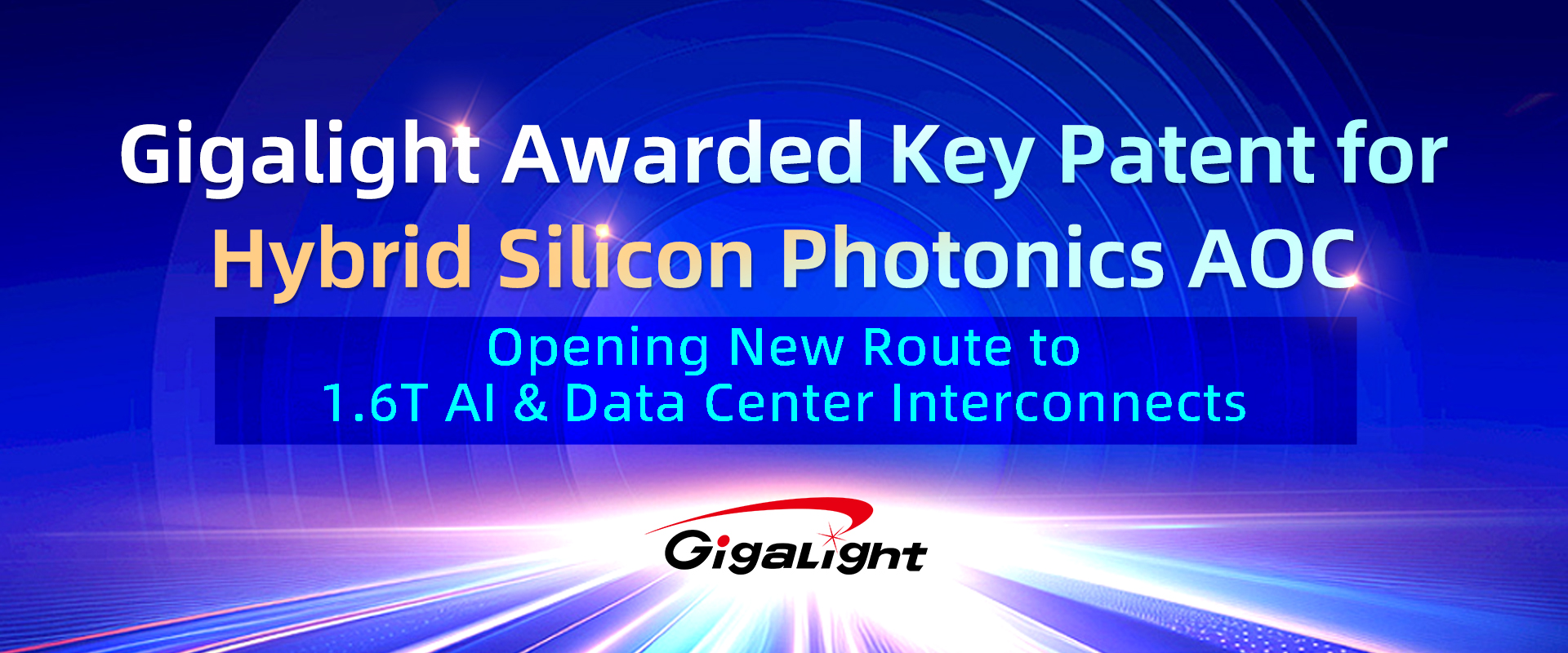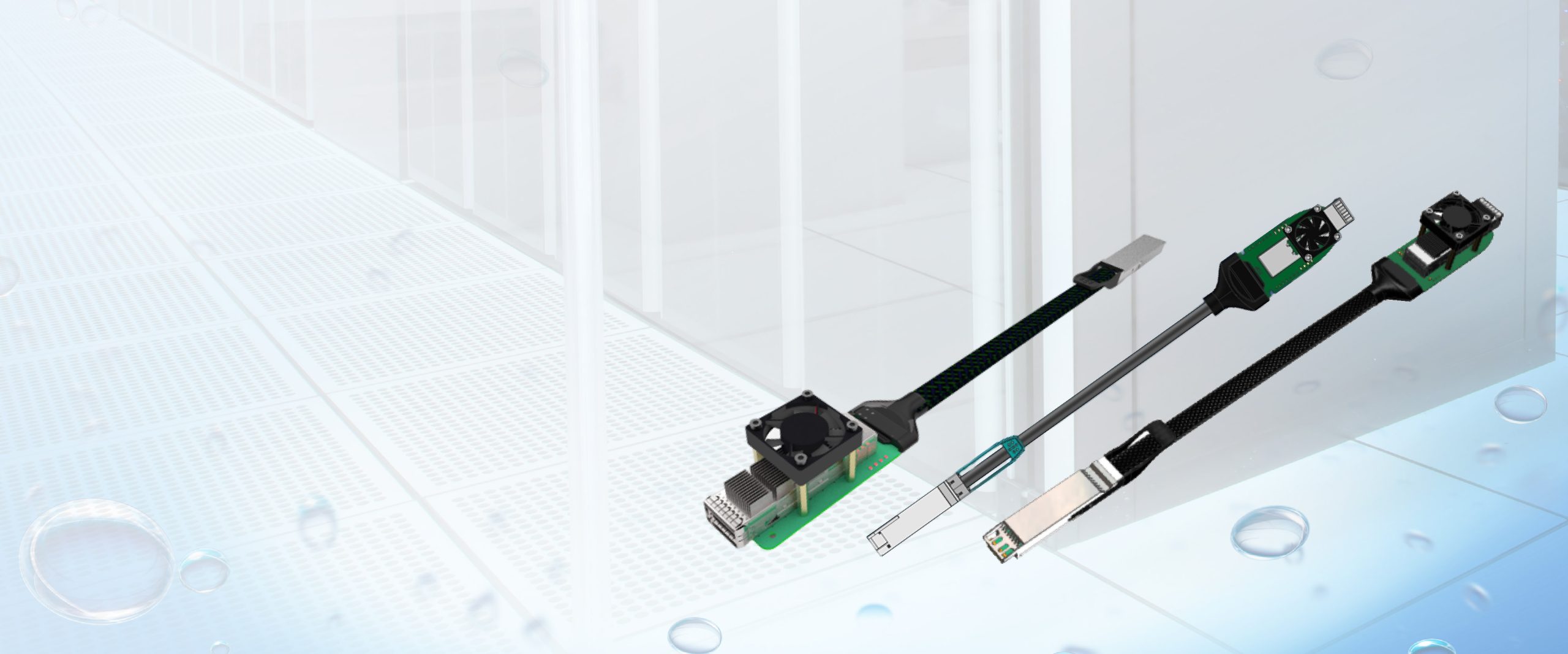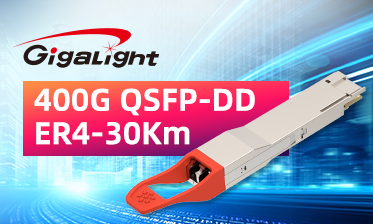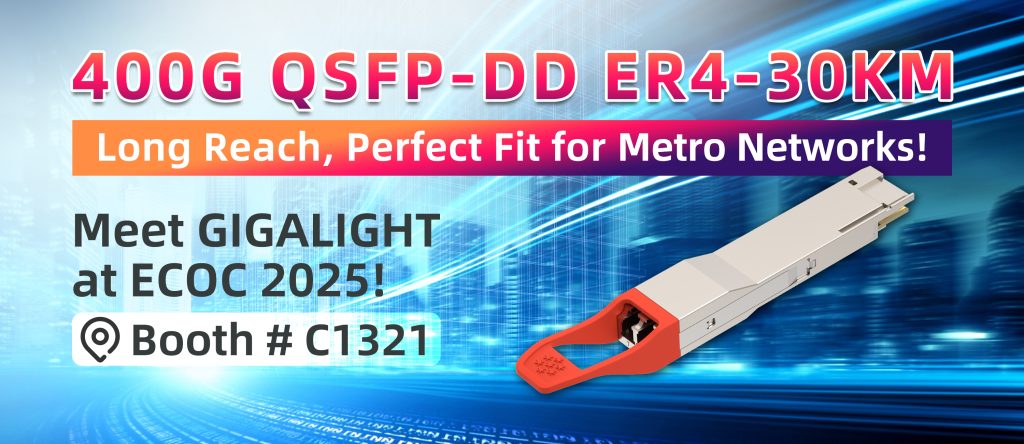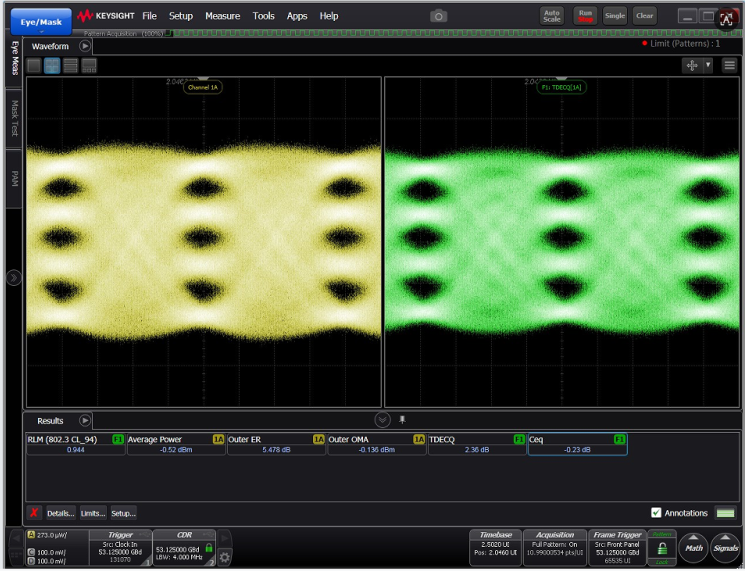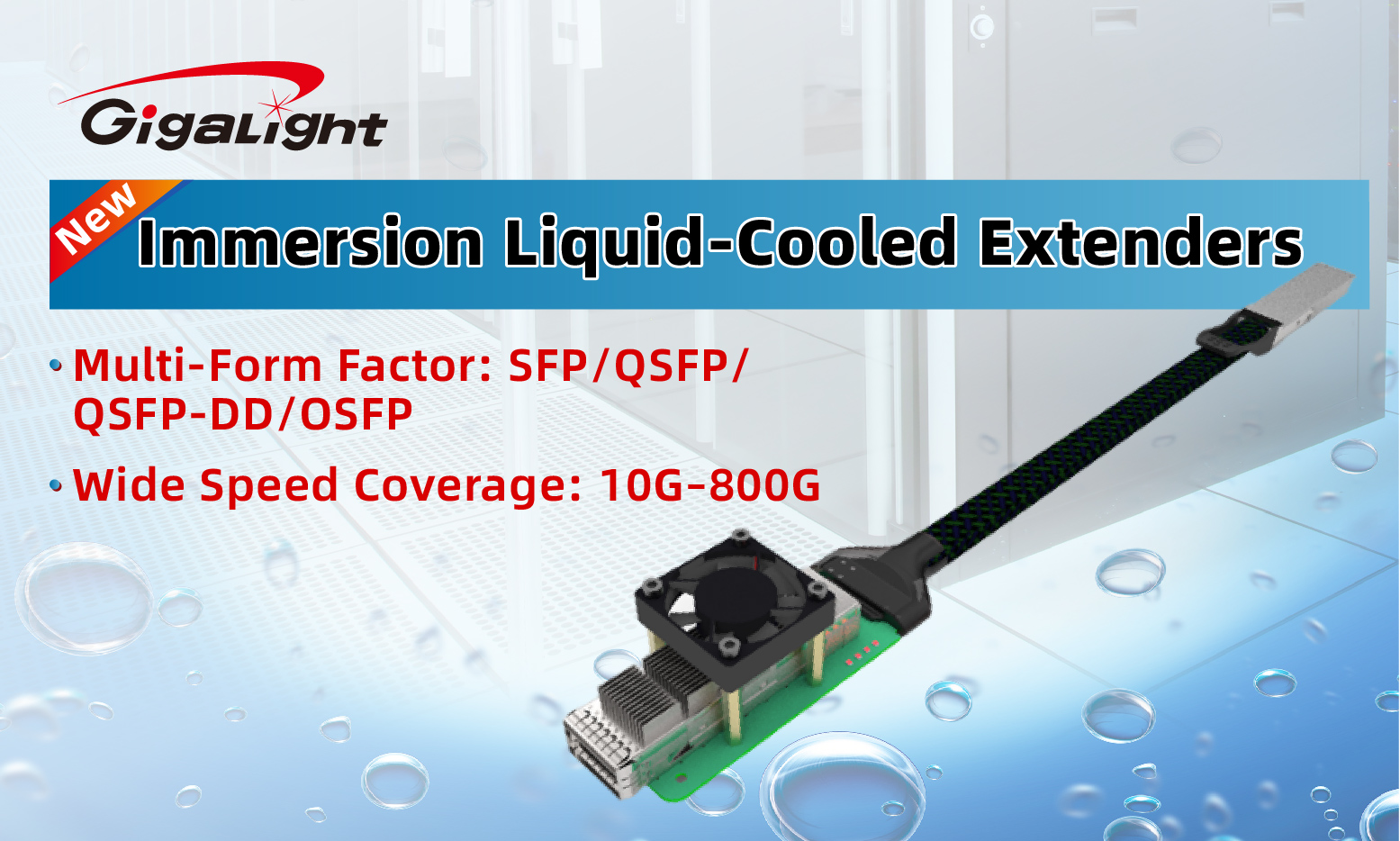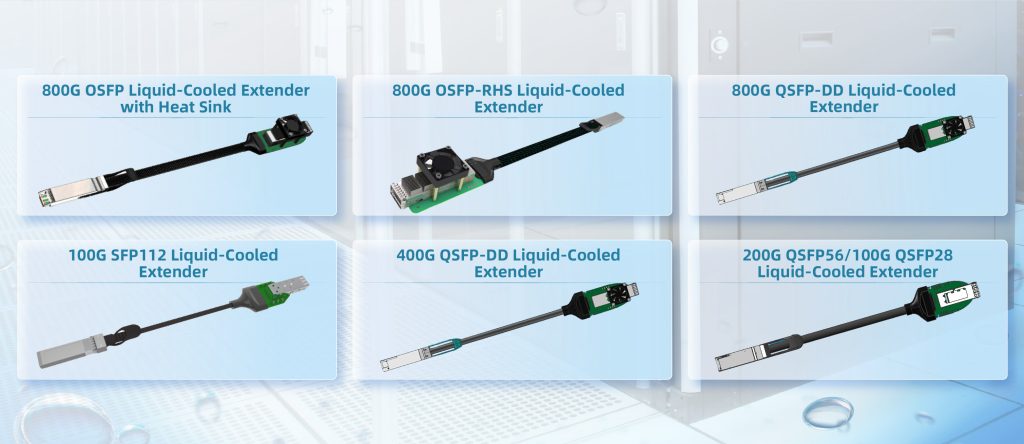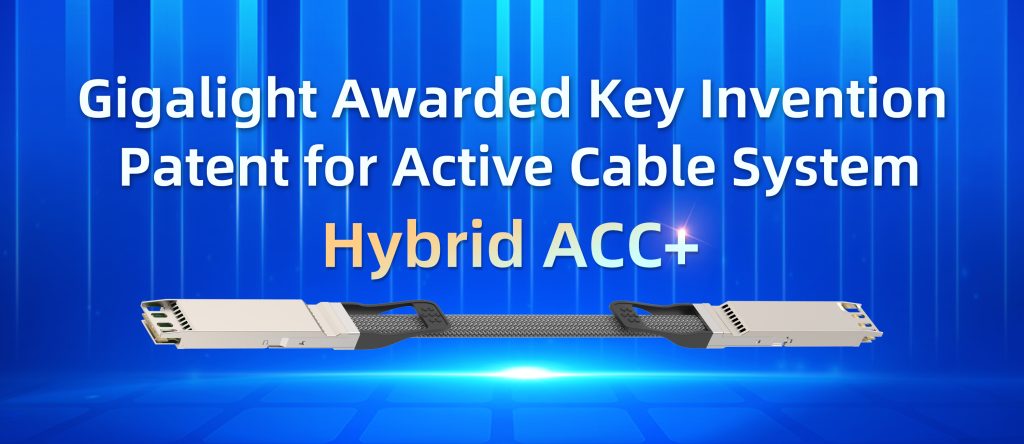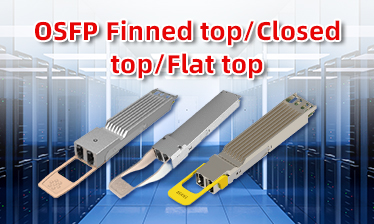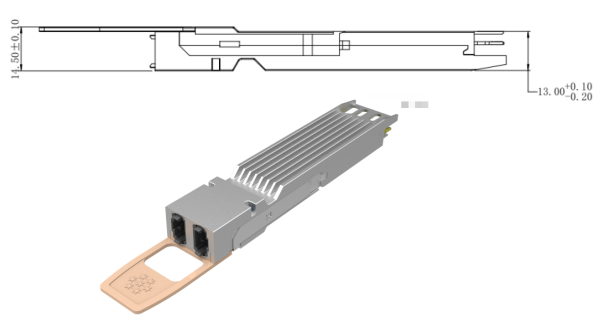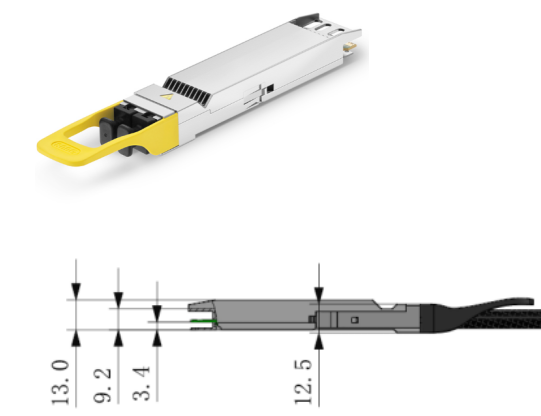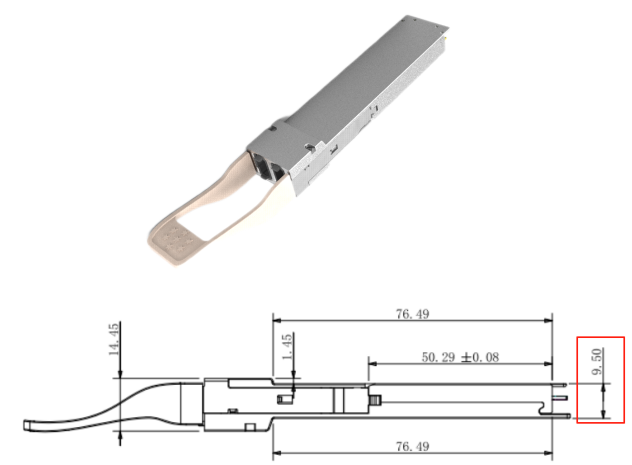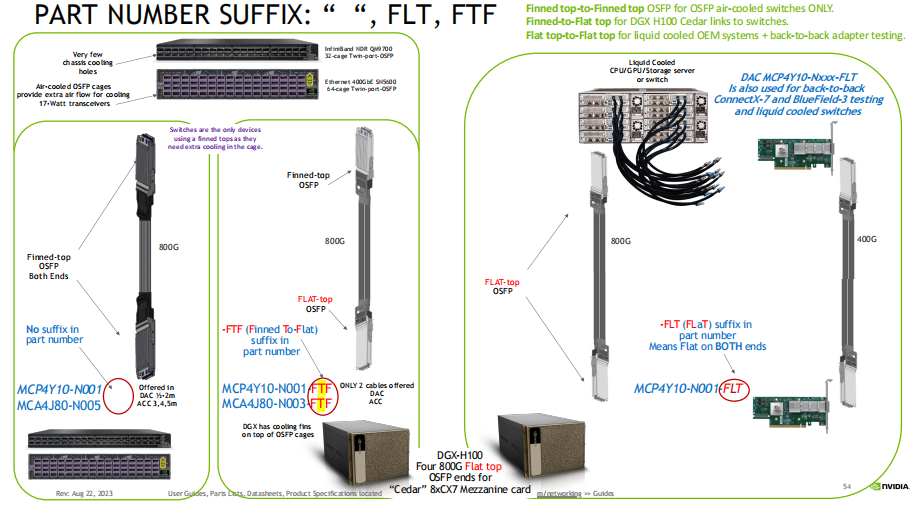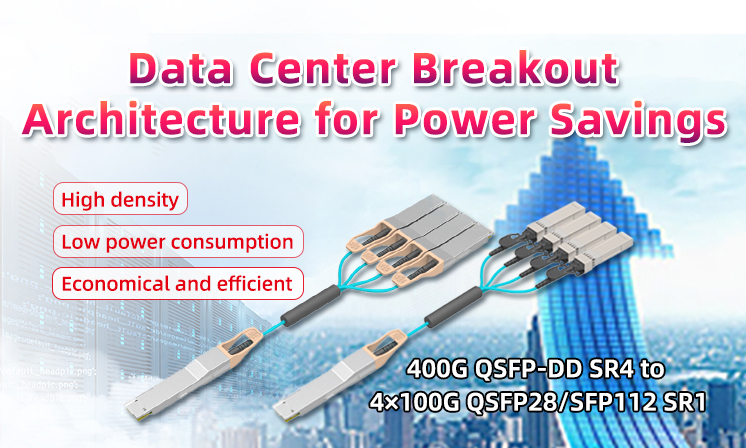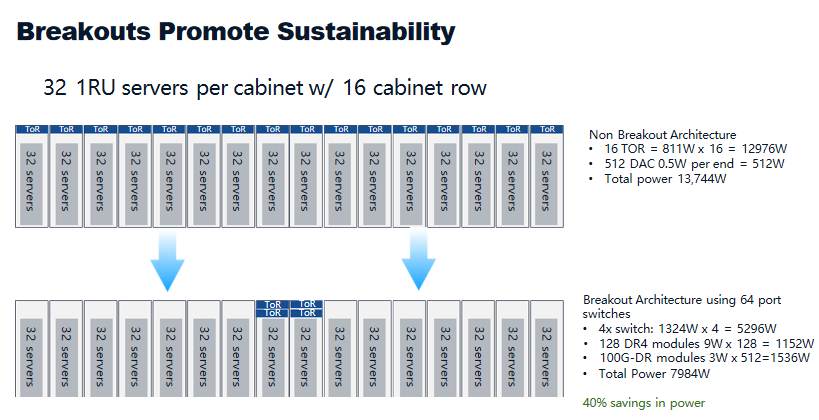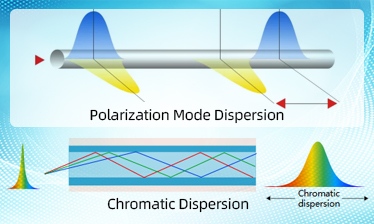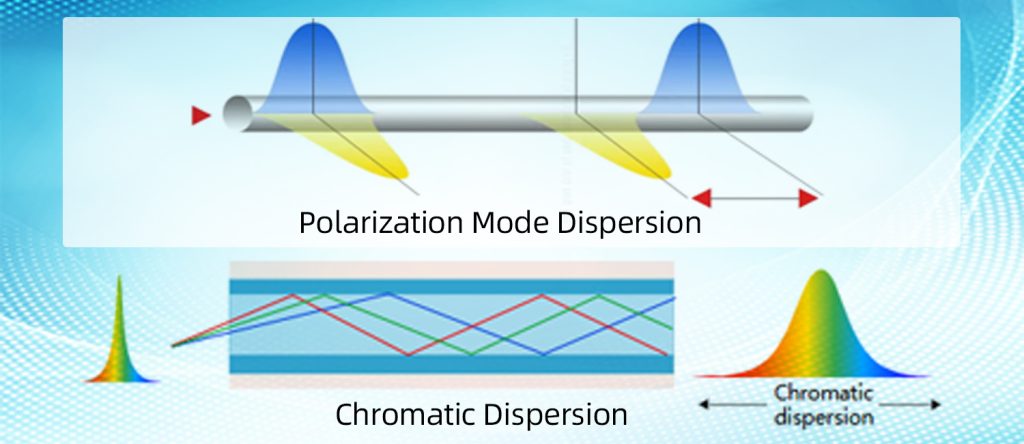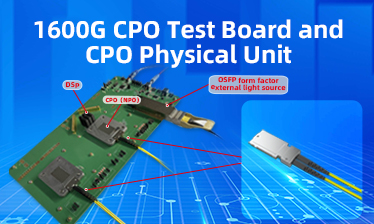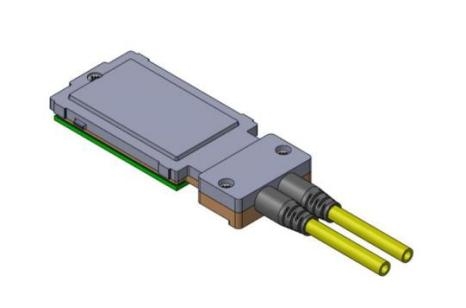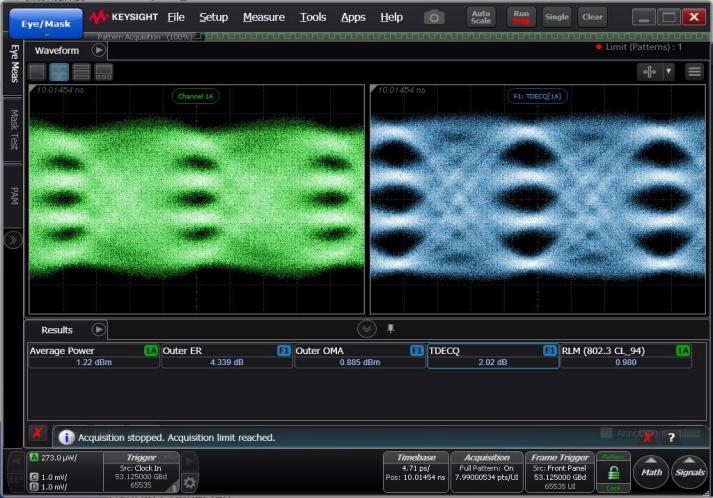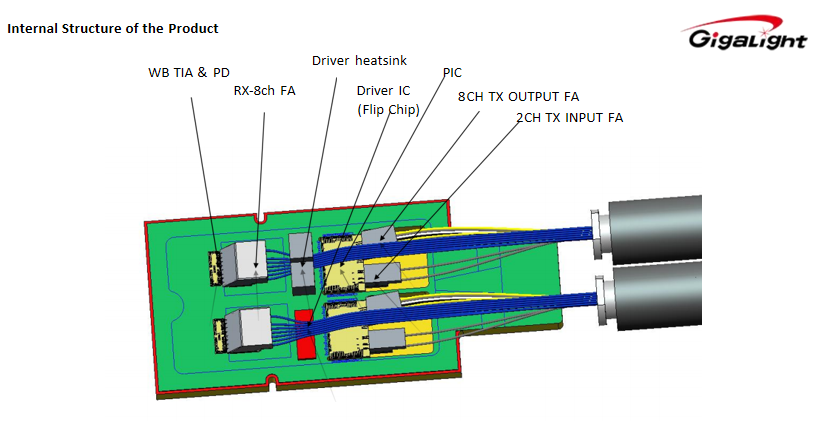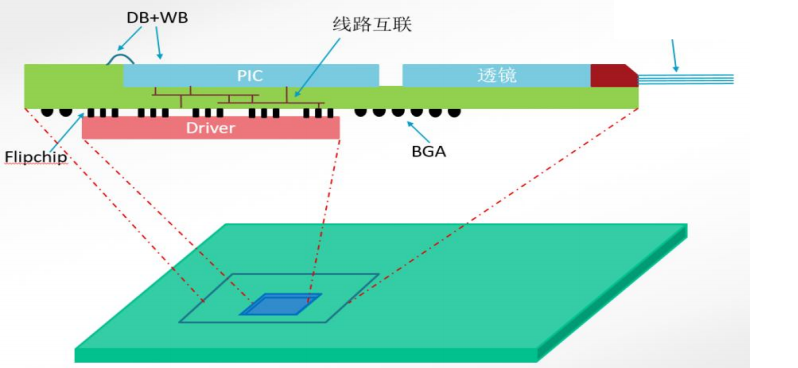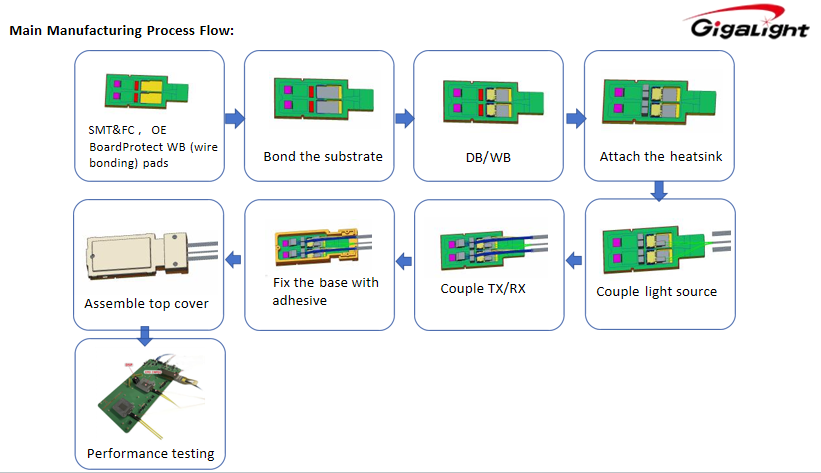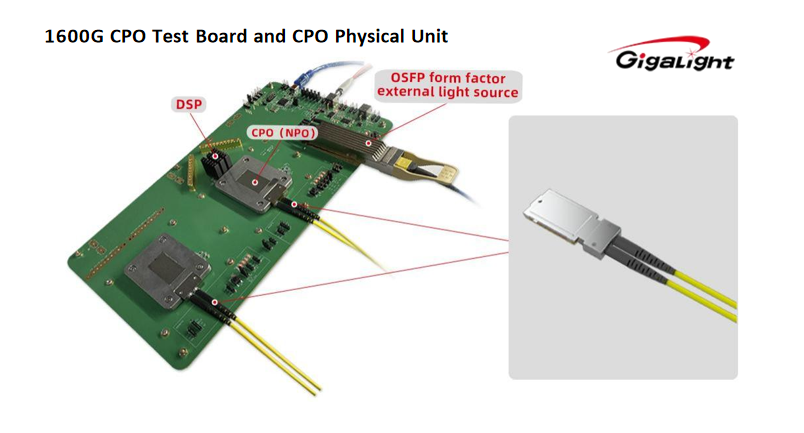GIGALIGHT Awarded Key Patent for Hybrid Silicon Photonics AOC, Opening New Route to 1.6T AI & Data Center Interconnects
September 28, 2025, Shenzhen, China. – GIGALIGHT has secured a new invention patent covering an “Optical Signal Transmission Device and Active Optical Cable.” The technology, branded as a Hybrid AOC, is designed to work with both VCSEL and silicon photonics-based architectures, offering a flexible approach to next-generation high-speed links.
The design provides a new pathway for 800G AI & Data Center interconnects, as well as upcoming 1.6T-class systems, with the potential to significantly cut power consumption (by 20% or more), cost (by 20% or more), and latency (by more than 40%). For hyperscale customers moving toward 1.6T platforms, GIGALIGHT positions this as one of the most advanced interconnect options currently available.
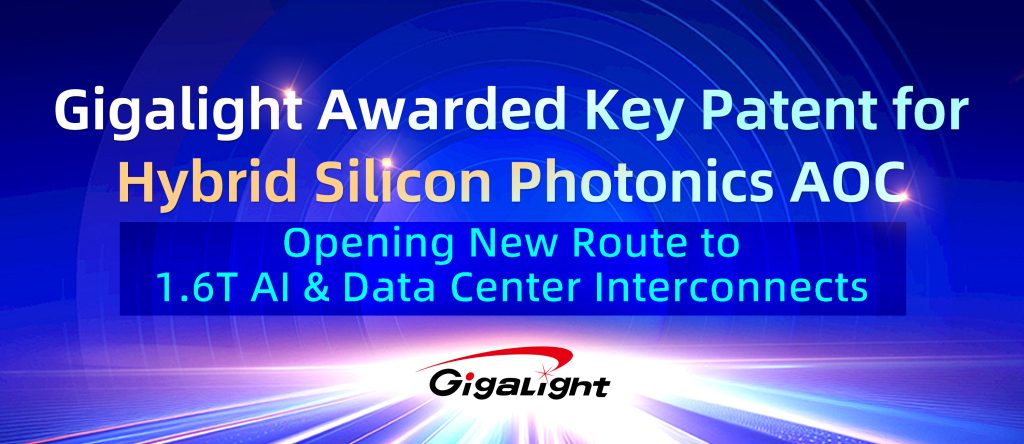

Industry observers note that much of today’s development has followed multi-source agreement (MSA) specifications, which tend to limit architectural innovation. While emerging LPO/LRO designs have raised expectations, they still face theoretical and practical challenges. GIGALIGHT argues that its Hybrid AOC patent strikes a new balance, combining compatibility with established industry practices while introducing a disruptive simplification.
“This solution looks straightforward, but it represents a genuine leap forward,” said Mr Li, General Manager of GIGALIGHT. “It breaks away from the limitations of existing approaches and gives customers a way to realize immediate efficiency and performance benefits in large-scale AI and Data Center deployments.”
About GIGALIGHT
As an open optical networking explorer, GIGALIGHT integrates the design, manufacturing, and sales of both active and passive optical devices and subsystems. The company’s product portfolio includes optical modules, silicon photonics modules, liquid-cooled modules, passive optical components, active optical cables, direct attach copper cables, coherent optical communication modules, and OPEN DCI BOX subsystems. GIGALIGHT focuses on serving applications such as data centers, 5G transport networks, metropolitan WDM transmission, ultra-HD broadcast and video, and more. It stands as an innovative designer of high-speed optical interconnect hardware solutions.
0 1

